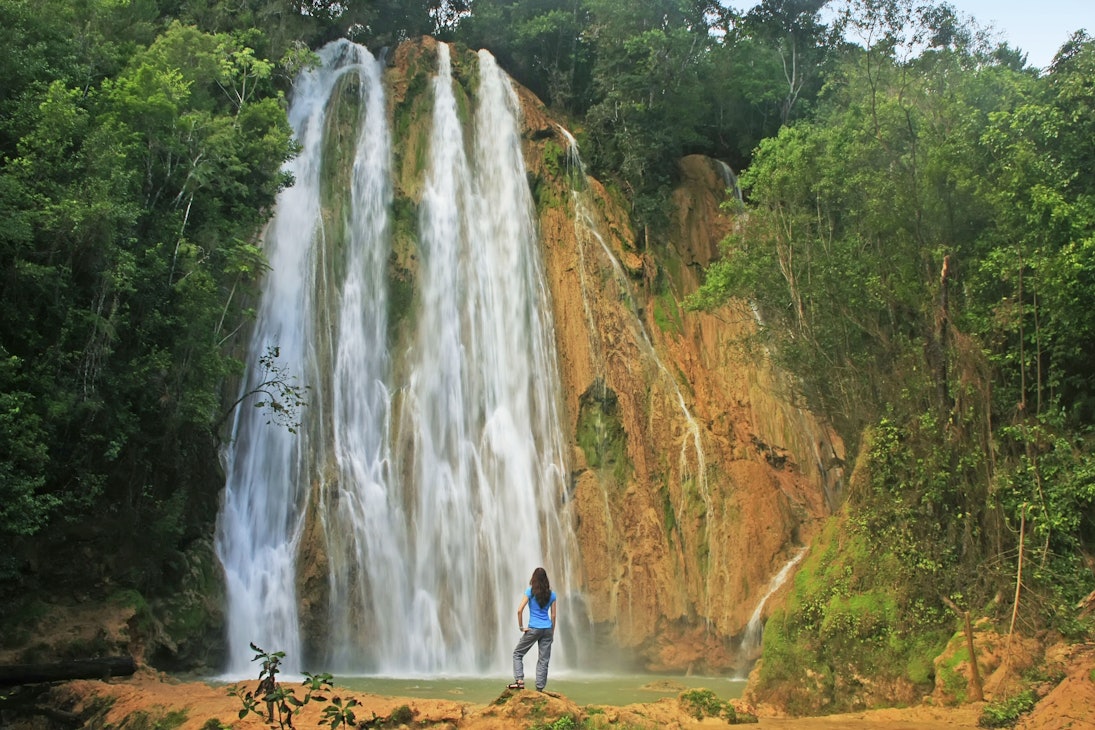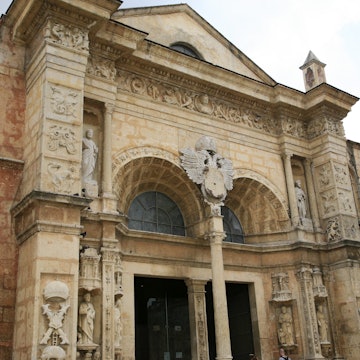

©Don Mammoser/Shutterstock
Overview
The Dominican Republic is one of the Caribbean's most geographically diverse countries, with stunning mountain scenery, desert scrublands, evocative architecture and beaches galore.
Plan your trip with Guide, an AI travel planner!
Create a personalized trip itinerary in seconds using artificial intelligence.
Must-see attractions
Planning Tools
Expert guidance to help you plan your trip
Best Things to Do
Days on the beach at Punta Cana are a key part of a trip to the Dominican Republic, but there's lots more to see. Here are the top things to do.
Read full article
Best Places to Visit
Lose yourself swimming, hiking, kitesurfing, whale watching, sun soaking and generally relaxing at the top places to visit in the Dominican Republic.
Read full article
Best Time to Visit
With warm weather, balmy waters and year-round adventures, the Dominican Republic is enticing in any season. Here are the best times to come.
Read full article
Transportation
The people of the Dominican Republic love exploring their island and it's easy to join them by bus, car or motorcycle. Here are the best ways to get around.
Read full article
Visa Requirements
With its crystalline waters and sugary white sand, the Dominican Republic is the vision of the tropics. Here's everything you need to know about visas.
Read full article
Best Road Trips
From sandy shorelines dotted with palms to mountainous views, here are some of the best road trips in the Dominican Republic.
Read full article
in partnership with getyourguide

















